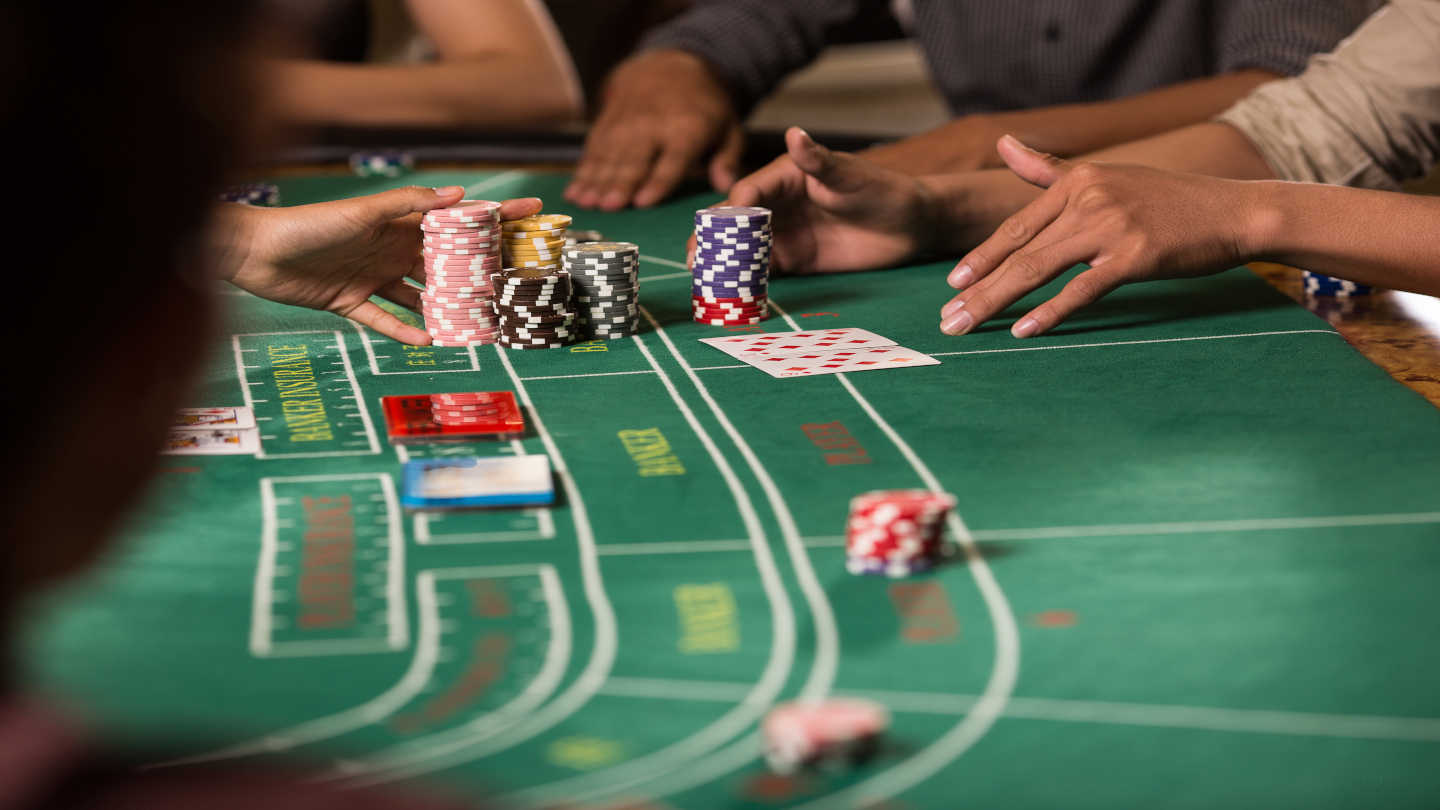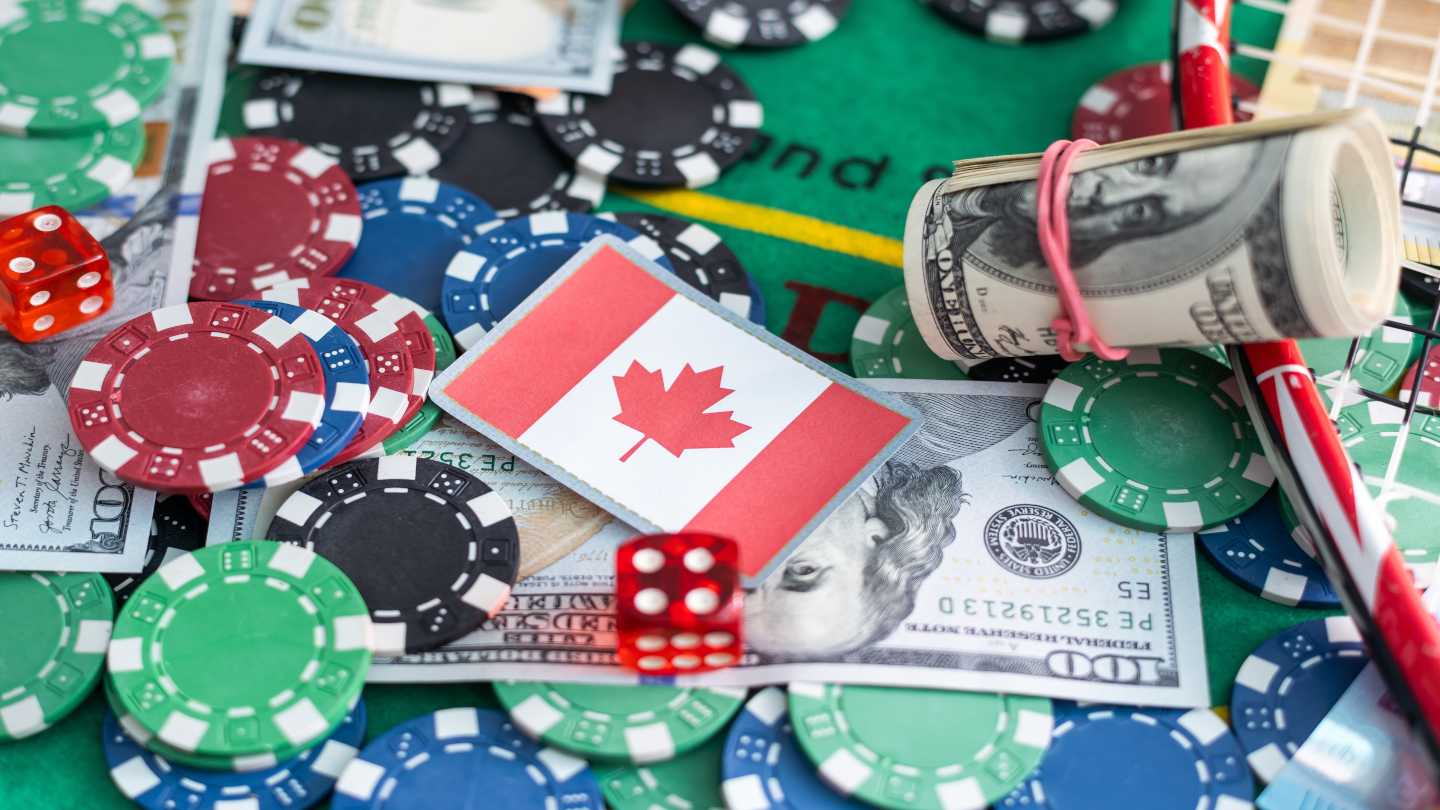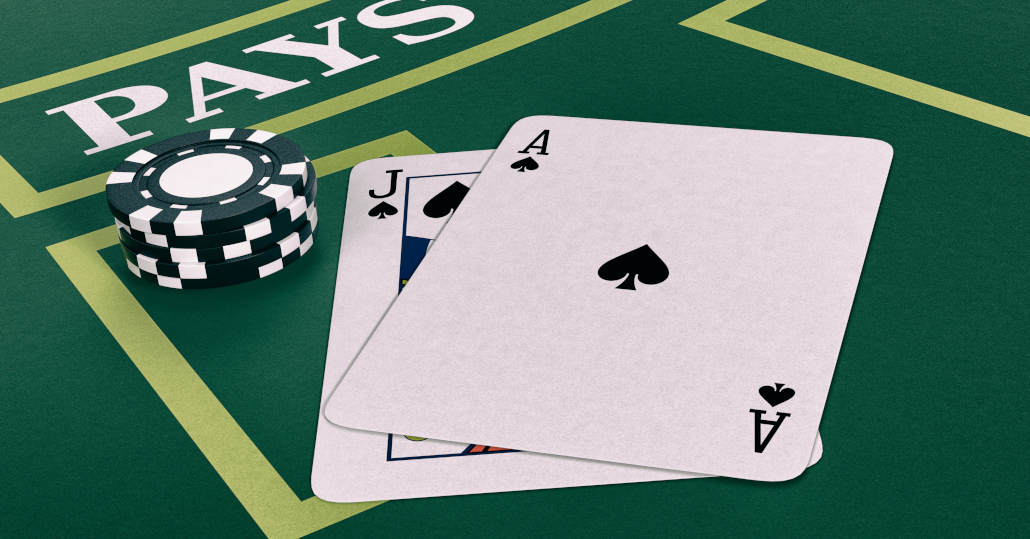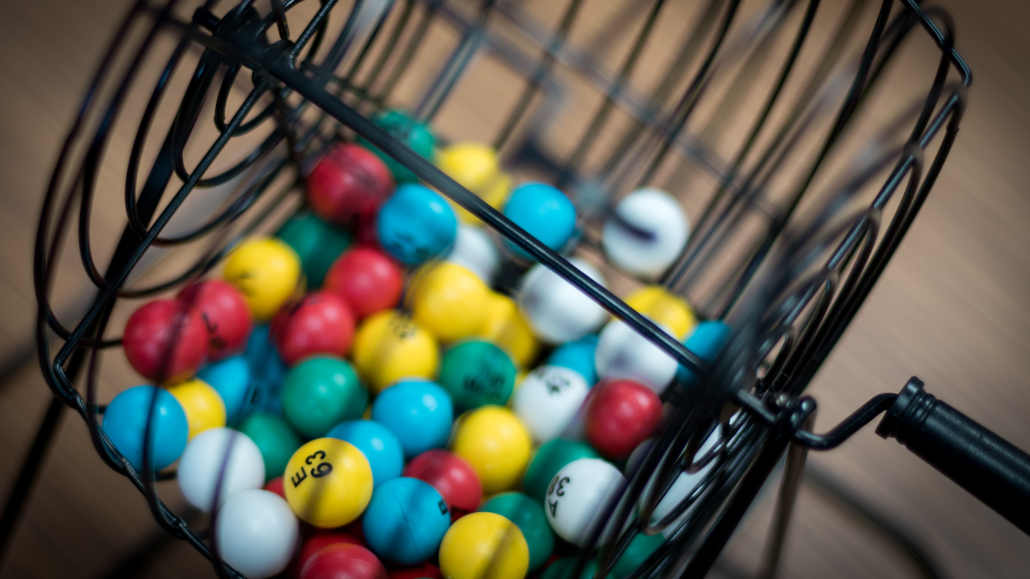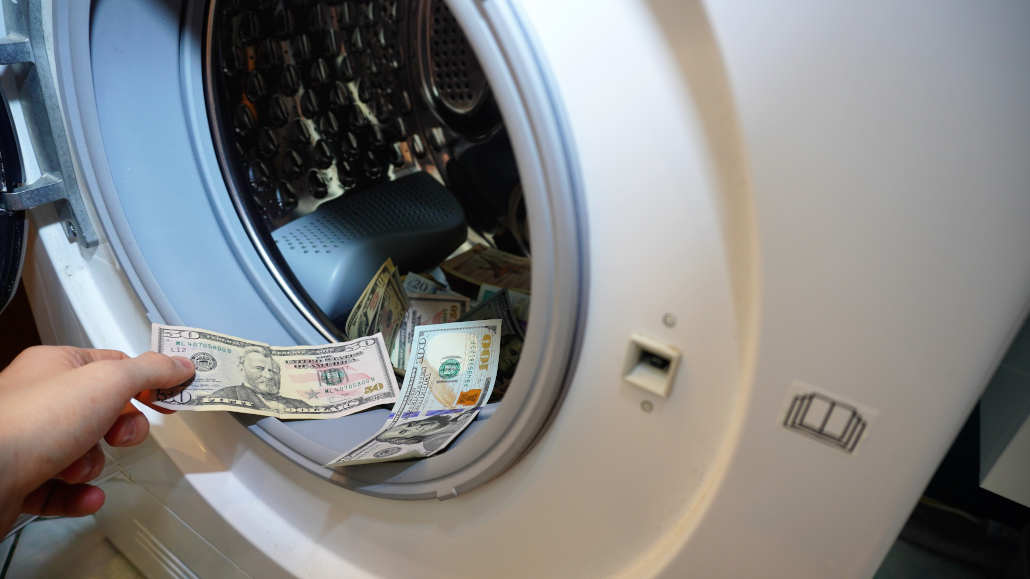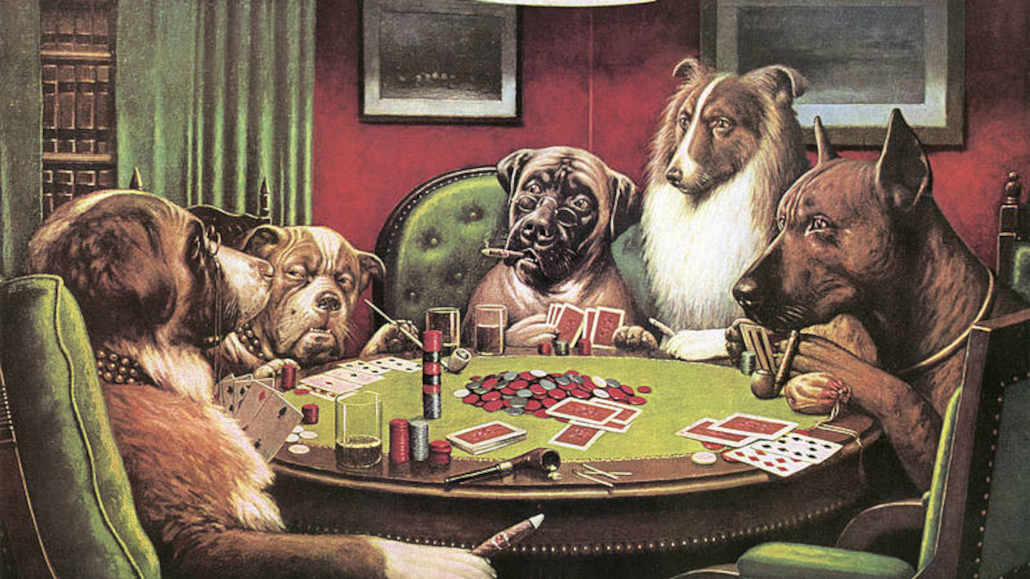European Roulette Wheel Explained – Learn How To Play This Game
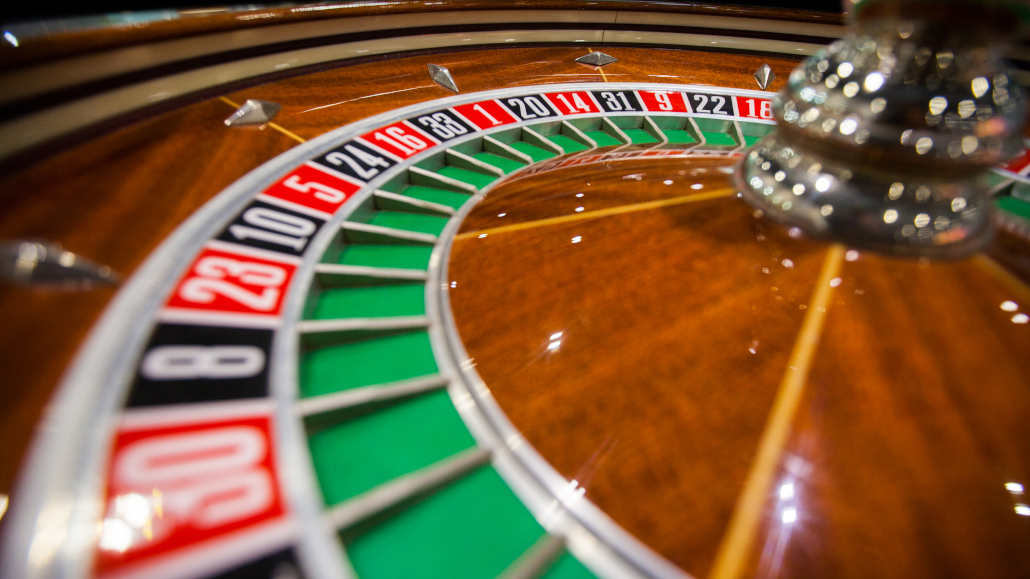
14 minutes
Last Updated: May 13, 2022
European Roulette Wheel Explained – Learn How To Play This Game
European roulette is among the top casino games worldwide. It’s the most popular and most player-friendly roulette version and can offer you countless hours of fun and excitement.
With that said, to get the best of your experience when playing European roulette, you need to know as much as you can about it.
And, when it comes to learning how to play European roulette, you’ve come to the best place on the internet!
From taking apart the European roulette wheel, over covering each available bet type, to discussing some of the best strategies for the game, we’ll help you become a pro by the time you’re finished reading this page.
The European Roulette Wheel
Before we go into the details of the house edge and how to play European roulette, we should first address the basics – what the European roulette wheel looks like.
Starting with the total number of pockets, the European roulette wheel has 37 pockets. This includes numbers from 1 to 36 and one 0 pocket, colored in green. The other 36 numbers are either red or black.
The European roulette wheel differs from the American roulette variation in several crucial segments. Most noticeably, the European version of the game has 37 pockets, as we mentioned before, while the American version has 38 pockets in total.
Not only this, but the numbers of the European roulette wheel are placed in a different sequence than those on the American version.
Looking into the specific alignment of the featured numbers, you can’t make out any discernible pattern. But, if you look a bit closer, there is a specific form that these numbers follow.
On each side of the 0 number pocket, you’ll find nine black numbers and nine red numbers.
On the right side of the zero, the black numbers are low (2, 4, 6, 8, 10, 11, 13, 15, and 17), while the red numbers are high (19, 21, 23, 25, 27, 30, 32, 34, and 36).
Oppositely to this, on the left side of the green zero pocket, the black numbers are high (20, 22, 24, 26, 28, 29, 31, 33, and 35), and the red numbers are low (1, 3, 5, 7, 9, 12, 14, 16 and 18).
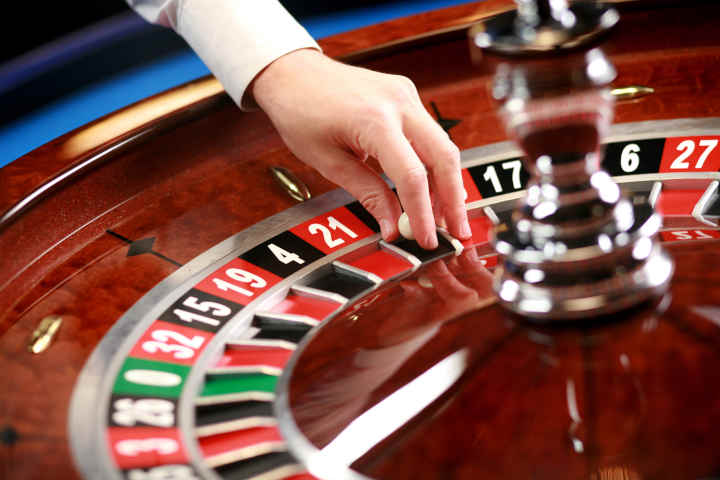
European Roulette Board Layout
The European roulette wheel is accompanied by a betting board on which all players place bets. Like most casino game boards and tables, it is usually is covered by green felt.
When it comes to the specific layout of the European roulette table, it doesn’t differ that much from the American roulette variation.
The basic overlay can be divided into two main sections, inside and outside bets. All other bets fall into one of these two main categories. To give you a better understanding of all of the available betting options, we’ll go over both inside and outside bets in great detail:
Inside Bets in European Roulette
Inside bets cover the riskier types of European roulette play but also the more rewarding ones. These bets involve betting on specific numbers or a different combination of numbers for potentially very lucrative wins. More precisely, inside bets include:
- The Straight Up – The simplest type of European roulette bet in which you’re only betting on a specific number. It’s the most rewarding one and also the hardest to get right.
- Split – A split bet covers two adjacent numbers. When making this bet, you simply put your casino chips on the line separating the two numbers you want to cover.
- Street – This type of bet covers a vertical row of three numbers. To make it, you need to place your chips on the line at the end of the three-number row. It pays less than the straight bet but gives you better chances of winning.
- Square (Corner) – The square or corner bet involves betting on a total of four numbers on the betting board. These four numbers must share the same corner. Don’t confuse this bet with the Four-number bet, as the Four-number bet only covers the 0, 1, 2, and 3 combination.
- Six Line – Similar to the street bet, only it covers two adjacent rows on the European roulette table. A simple example of this bet is one covering the 1, 2, 3, and 4, 5, 6 rows.
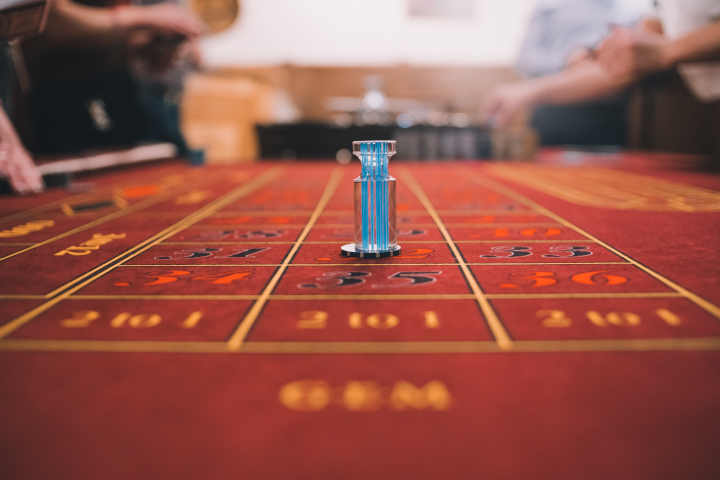
Outside Bets in European Roulette
Outside bets are the more favorable option for beginner European roulette players. This is because they have better winning odds but at the expense of providing smaller overall payouts.
More importantly, outside bets are easy to understand and follow, as they cover a combination of numbers instead of just a specific number.
As a simple rule of thumb, you can most often be sure that you’ve lost an outside bet if the ball lands on the zero. So, let’s take a look at each type of outside bet on the roulette board.
- Red/Black – Likely one of the best-known types of roulette bets, the red/black bet is easy to follow. You’re simply choosing whether you think the ball will land in a pocket that’s red or black.
- Odd/Even – Like the previous type of bet, you’re only choosing between two outcomes, whether the ball will land on an odd or even number.
- High/Low – The third and last type of even money bets, the high/low bet means choosing whether the ball will land on a low number (from 1 to 18) or a high number (from 19 to 36).
- Dozens – The dozens bet covers three separate groups of twelve numbers in numerical order. The first dozen covers numbers 1 to 12, the second dozen covers numbers 13 through 24, and the third dozen covers 25 to 36.
- Columns – Like the previous type of bet, this one also covers twelve numbers in three separate betting options. Columns cover the three horizontal lines on the betting board. For example, one of the columns covers the numbers 3, 6, 9, 12, 15, 18, 21, 24, 27, 30, 33, and 36.
European Roulette House Edge
Speaking of the vital advantage European roulette has over American roulette, this variation has a much more favorable house edge.
This is one of the main reasons why players heavily favor the European version and why we recommend you always play it over the American one.
Going by the specific numbers, the house edge in American roulette is 5.26%. It’s not terrible, but it is significantly worse than what you can expect with the European roulette play.
In comparison, European roulette has a house edge of just 2.70%. This difference is because the American wheel features one more number, the double zero, while European roulette only has one zero.
Moreover, you can lower the house edge even further if you decide to take advantage of the La Partage rule. If available, this European roulette play allows you to get half of your bet back on every even-money wager if the outcome is a zero.
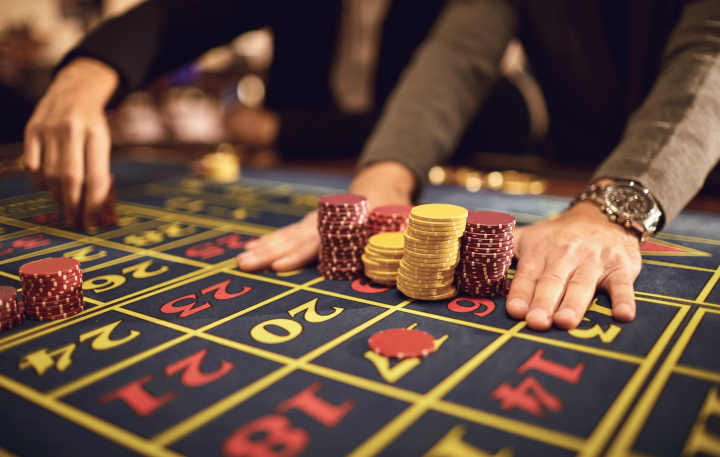
This effectively lowers the house edge to a fantastic 1.35%. Keep in mind that this is primarily an option available in French roulette and is not present in every casino featuring European roulette.
While this is still not as good as what you can get with a game like blackjack, it’s certainly not too bad, either.
Aside from the La Partage rule, the house advantage for all other roulette bets remains the same, even when the probabilities and potential payouts significantly differ.
To help you get a better understanding of your odds and payouts, we’ve created a streamlined European roulette table that covers all of the necessary details:
| Type of Bet | Probability | Bet Payout |
| High/Low Bet | 1/1 | 48.64% |
| Odd/Even Bet | 1/1 | 48.64% |
| Red/Black Bet | 1/1 | 48.64% |
| Dozens | 2/1 | 32.4% |
| Columns | 2/1 | 32.4% |
| Six Line | 5/1 | 16.2% |
| Square or Center | 8/1 | 10.81% |
| Street | 11/1 | 8.11% |
| Split | 17/1 | 5.41% |
| Straight Up | 35/1 | 2.70% |
How to Play European Roulette?
European roulette is one of the most captivating and exciting casino games to play, and it’s easy to get carried away and lose your bankroll if you don’t know exactly what you’re doing.
Luckily, placing bets in European roulette is very easy and straightforward. To start betting, you must decide how much you want to bet and what you want to bet on. Every round of European roulette begins with players making bets.
If you’re playing European roulette in a real land-based casino, the croupier at the table will guide you through every step of the process. After the end of every round, the croupier will place a puck on the number that came up in the last spin and pay out the winners.
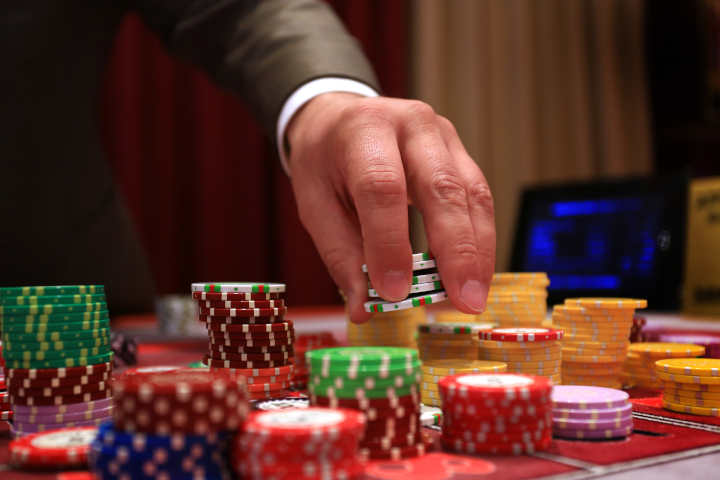
After the croupier removes this puck, the next round of betting can begin. Usually, the players make their bets individually, but the croupier will help you if you’re a beginner or need any other help placing the bets.
After some time, while the players are still placing their bets, the croupier will spin the wheel. You can still make your bets on the roulette board as the croupier does this.
At one point, the croupier will wave their hand and often say “no more bets” to signal that everyone should stop betting.
If you continue placing bets after this signal, the croupier will likely disqualify your bets.
When a number hits, the croupier will announce it for everyone at the table to hear and place the puck on the winning number. They’ll then sweep the roulette board of all the losing bets and pay out the winners.
After this, the process starts again, and you can start betting for the next round.
All of these steps are fairly identical when you’re playing European roulette online, only even more streamlined in certain aspects.
In online European roulette, everything is laid out to you on a screen. All of the buttons clearly display your available betting options and all other aspects you should be aware of.
European Roulette Play: Best Betting Strategies
It’s no secret that roulette is a luck-based game. You can’t improve your skills to become a more prolific player, like you could while playing a game like poker.
So, before we dig deeper into these strategies, it’s important to make one essential distinction.
The strategies we’ll discuss are more focused on making the best use of your bankroll when playing roulette and not how to increase your winning odds or lower the house edge. With that in mind, here are the three best European roulette betting strategies:
The Martingale Strategy
To make this betting strategy work best, you need to place red/black, odd/even, or high/low bets. When you win a bet, you bet the same amount again. If you lose a bet., you double the amount you’ve bet for the next wager you place.
If you lose again, double the betting amount once again. Continue doing so until you win. Once you win, go back to your initial bet.
There’s also an alternative system to this, called the Reverse Martingale Strategy. In this case, you keep doubling only when you’re winning and always bet the same amount when you’re losing.
The D’Alembert Strategy
The D’Alembert strategy is similar to the previous one in the sense that you start betting a small initial wager and only bet on red/black, odd/even, or high/low.
But, instead of doubling your bet every time you lose, you only add one to the original bet.
For example, if you bet $2 and lose, in the next round, you should bet $3 instead of $4. If you lose again, you’re betting $4 instead of the $6 you would bet at this point following the Martingale strategy.
This makes the D’Alembert strategy less risky than the Martingale one but still as efficient if you achieve a 1 to 1 win-loss ratio.
The Fibonacci Strategy
As the name gives it away, this strategy utilizes the famous Fibonacci sequence, meaning that it’s one of the most complex European roulette betting strategies.
The main idea behind this betting system is that all following numbers are a total of the previous two numbers. You should always follow the sequence whenever you lose a bet and go back for two positions in the sequence every time you win a bet.
So, for example, suppose you’ve made a $2 bet and lost. You should bet $2 again on the next spin. For the third spin, your total should be your two previous spins added, in this case, $4. If you lose, you increase your bet to $6, and so on.
When you win, you revert your bet size for two places in the sequence.
Is European Roulette Right For You?
This page has hopefully helped you learn everything there is to know about European roulette, including all important gambling terms and some betting strategies. Now, it’s on you to decide whether or not this game fits your gambling interests and preferences.
If you’re into roulette, the European version is by far the most player-friendly and the one you should focus on.
Ultimately, if you decide to play this game, keep in mind the things we’ve shared with you in this detailed guide, and you’ll undoubtedly have some fun sessions along the way. Good luck!





